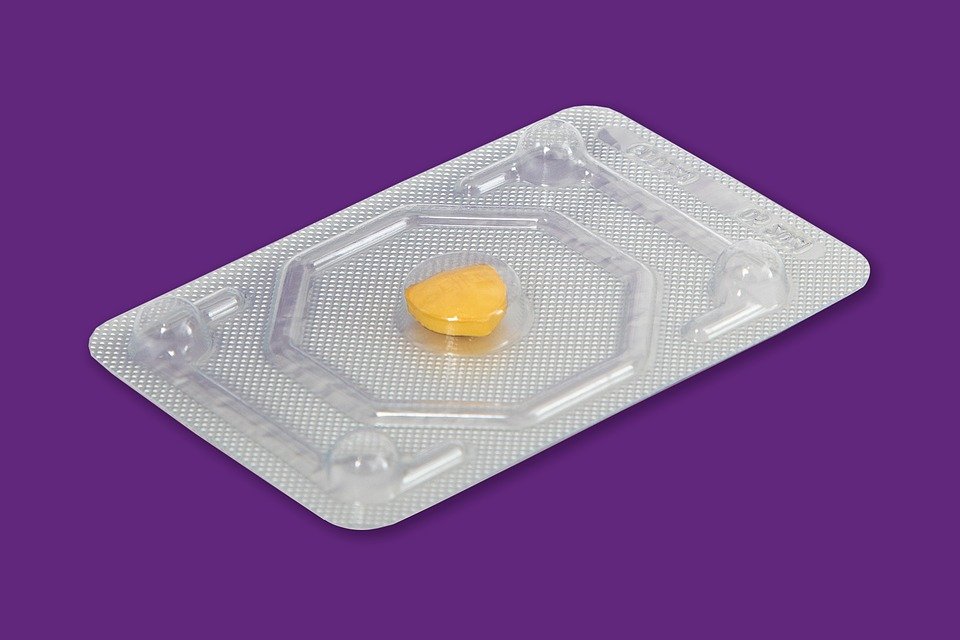 Understanding Psoriatic Arthritis: Causes, Symptoms, and Treatment Options
Understanding Psoriatic Arthritis: Causes, Symptoms, and Treatment OptionsPsoriatic arthritis is a chronic autoimmune disease that affects the joints and skin. It is a type of arthritis that develops in some people with the skin condition psoriasis. Psoriasis is a chronic autoimmune skin disease that causes red, scaly patches to appear on the skin. Psoriatic arthritis can cause inflammation, pain, and stiffness in the joints, as well as skin changes.
Causes of Psoriatic Arthritis:
The exact cause of psoriatic arthritis is unknown, but it is thought to be caused by a combination of genetic and environmental factors. People with a family history of psoriasis or psoriatic arthritis are more likely to develop the condition. In addition, certain triggers, such as infections, injuries, or stress, can also contribute to the development of psoriatic arthritis.
Symptoms of Psoriatic Arthritis:
Psoriatic arthritis can affect any joint in the body, but it most commonly affects the joints of the fingers and toes. Common symptoms of psoriatic arthritis include joint pain, stiffness, and swelling, as well as skin changes such as red, scaly patches on the skin. Other symptoms may include fatigue, nail changes, and eye inflammation.
Psoriatic arthritis can vary in severity and may come and go in flares. In some cases, psoriatic arthritis can cause joint damage and disability if left untreated. It is important to recognize the symptoms of psoriatic arthritis and seek treatment early to manage the condition effectively.
Treatment Options for Psoriatic Arthritis:
There is no cure for psoriatic arthritis, but there are treatment options available to help manage the symptoms and improve quality of life. The goal of treatment is to reduce inflammation, relieve pain, and prevent joint damage. Treatment options for psoriatic arthritis may include medication, physical therapy, lifestyle changes, and surgery.
Medication: There are several medications available to treat psoriatic arthritis, including nonsteroidal anti-inflammatory drugs (NSAIDs), corticosteroids, disease-modifying antirheumatic drugs (DMARDs), and biologics. These medications work to reduce inflammation, relieve pain, and slow the progression of joint damage.
Physical Therapy: Physical therapy can help improve flexibility, strength, and range of motion in the joints affected by psoriatic arthritis. A physical therapist can create a personalized exercise program to help manage symptoms and improve function.
Lifestyle Changes: Making lifestyle changes such as maintaining a healthy weight, quitting smoking, and managing stress can help improve symptoms of psoriatic arthritis. Eating a balanced diet rich in fruits, vegetables, whole grains, and lean protein can also help reduce inflammation and support overall health.
Surgery: In severe cases of psoriatic arthritis where joint damage is significant, surgery may be recommended to repair or replace damaged joints. Surgery can help improve mobility and reduce pain in the affected joints.
In conclusion, psoriatic arthritis is a chronic autoimmune disease that affects the joints and skin. It is important to understand the causes, symptoms, and treatment options for psoriatic arthritis in order to effectively manage the condition and improve quality of life. If you suspect you may have psoriatic arthritis, it is important to consult with a healthcare provider for a proper diagnosis and treatment plan. With the right treatment and support, people with psoriatic arthritis can lead healthy and active lives.

You might be interested in learning more about related topics such as autoimmune diseases or arthritis. Speaking of autoimmune diseases, you might be interested in Autoimmune Disease. If you want to delve deeper into arthritis, you might find Arthritis article informative as well.



